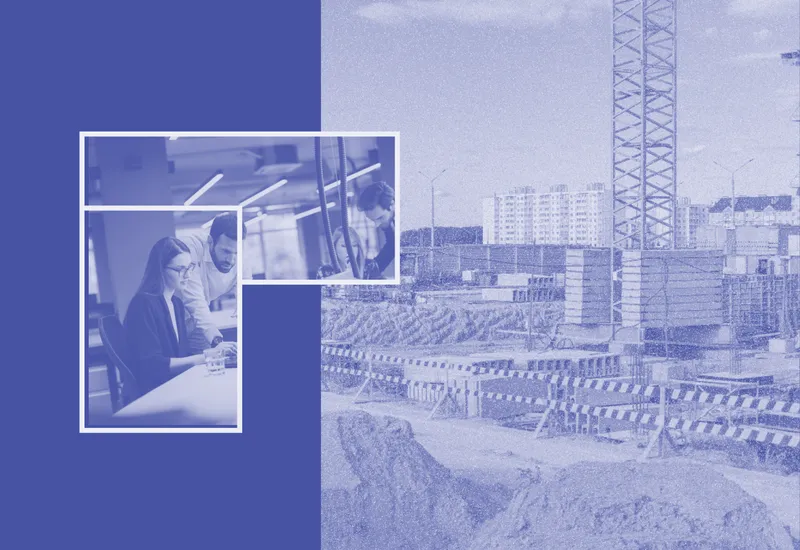Three Example Issues Uncovered by a Third-Party Draw Inspection Report

A third-party construction draw inspection happens when an inspector, often hired by the capital partner, reviews the progress of a construction project. The primary objective of these inspections is to ensure that the project aligns with the scope, budget, and timeline outlined in the original construction plan. When completed, the inspector submits a construction site inspection report to the capital partner. The report helps the capital partner meet compliance regulations and helps them decide to approve the draw request for payment or to hold off for the resolution of any issues.
The following three situations are examples of what can occur during third-party inspections. They help to illustrate the actions required by construction loan administrators to evaluate and decide how to act on a draw request.
General Conditions
A common G703 line item you’ll come across within a construction draw package is what’s called General Conditions. These expenses generally are not trade-specific but are required to complete the project. Examples of General Conditions include construction trailer rental, cell phone bills, rubbish removal, salaries of project manager or accountant, and consultants like testing labs or surveyors. As a rule in construction loan management, it’s not typically recommended to fund General Conditions line items higher than 10% above the overall completion percentage. That’s why for one construction inspection, a red flag went up when the 3rd-party inspector discovered that the Contractor was drawing 50% of the General Conditions line item while the project was only 19% complete. At that rate, the contractor’s budget for General Conditions would have been depleted well before the completion of the project.
Asking a mix of questions should allow the draw assessment to be prepared accurately, subject to the coverage advice of the underwriter or adjuster. So, to dig deeper into why these soft costs were beyond the budget for this stage, the loan administrator asked the following questions:
- Are the General Condition costs being charged consistent with the base contract? Is there a dollar limit or percentage of General Conditions that is permissible in the underlying construction contract?
- Is the identification of specific charges to the General Conditions budget an attempt to circumvent other sub-limits?
- If soft costs are claimed as a result of a delay, are they incurred during the delay period?
- Are the claimed General Conditions costs consistent with similar charges during prior periods?
- Are any of the General Conditions related to extra work that is not outside the scope of the initial contract?
Lien Management
In this example, the construction loan administrator noticed from the 3rd party inspection report that there was a contractor’s notarized waiver release of lien for the previous draw period. However, the release was conditional upon the receipt of payment—a payment already disbursed to the contractor in a prior period. There was no documentation in the draw package to confirm that the payment had been received, which made the lien active and a risk for the lender. As a rule of thumb, it is best practice to obtain an unconditional release with documentation that the contractor received payment. To better explain the lien process, check out this blog post on mechanic’s liens.
Project Behind Schedule
In this case, the third-party construction draw inspector reported that the work was not progressing according to the schedule and was approximately 2-4 weeks behind. However, the inspector went on to say that work could be delivered on time assuming good weather and extra time provided later in the schedule. So what would you do as a construction loan manager if you discovered that your project was a month behind schedule?
Construction loan administration is a challenging field where attention to detail is paramount. Third-party draw inspection reports are designed to remove some of the burdens of loan administration and help lending professionals make intelligent decisions to move the project towards lien-free completion.
















